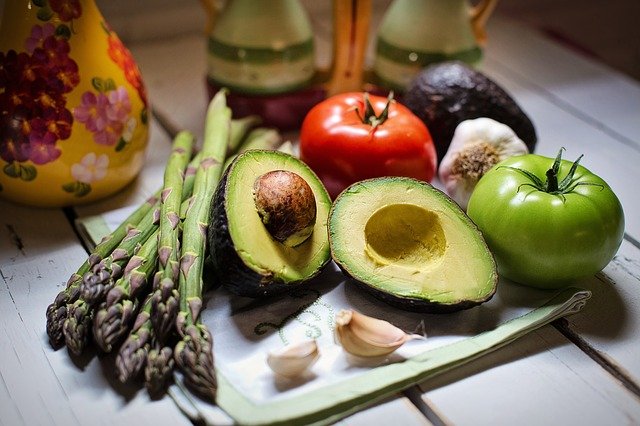How to Gain Organic Certification in California

Hi, I am Betty Knight, Owner of this site! I…
There are numerous pitfalls when it comes to your first foray into the food industry. From brainstorming a new product to marketing and then to its certification, there is a lot that needs to be known. However, having an organic food trademark attorney through the registration can make it less burdensome.
What is Food Trademark Registration?
Food trademark registration can be an effective legal trap for those who are not well versed. Your product, after production and pitch, must meet national food labelling requirements. Failure to do so may result in hefty fines or a complete blacklisting.
Understanding labels:
It is essential to understand what kind of labels to use for a product. Ideally, you should conduct this before sending out a product for approval and certification. Three essential labels need to be understood:
- Natural
- Organic
- Certified naturally grown
“Natural” does not require certification to use as a product. There is no universal definition for “Natural” in food certification.
However, for using the “organic” label, an accredited certifying agent must approve the product and its production facilities. If the product turns out to be genuinely organic, the use of the term is allowed.
“Certified naturally grown” again has much the same hassle as organic. The product and the raw materials should come from farms that carry a certification from the relevant authorities. Using unauthorised sources, even if they provide naturally grown produce, can result in heavy fines and legal pitfalls.
The underpinnings of “Organic”:
Grocery stores often carry these labels on the products they stock.
- Organic: These products have a 95% or more organic ingredient content
- Made with organic ingredients: Food or food products that carry this label have a 75% organic ingredient content.
- Certified naturally grown: These products are purely farm produce
- All-natural or natural: Such items do not require any certificates or need to meet national food standards.
How can you become an organic product certification holder?
The five main steps to acquire an organic certification for a product include:
Developing a systematic plan for organic food production
This involves an entire gamut of planning, from growing to harvesting, source verification and validation, logistics, storage, manufacturing, bookkeeping and more.
Putting the plan into implementation:
Your goal should be approved by a Food Development accredited certifying agent before being implemented. In this way, there are fewer pitfalls to face, and the agent can guide you to where the plan is lacking.
Inspection:
For an organic product, the inspection needs to occur before the product gets manufactured. A tour of the facility takes place by the certifying agent, who then records their findings and takes a sample of the product to be lab tested. Verification of the product’s “organic” content is a must before manufacturing.
Findings Review:
After feedback from the certifying agent regarding the product, the findings get sent for review to the relevant food authorities.
Approval:
If everything is well and the findings are transparent, your product is approved for manufacturing and marketing.
Final word:
Certification, if not done correctly, can ruin all the hard work put into development and manufacturing. Always take this step with the utmost care and legal advice, or you’ll have to combat tough consequences.
What's Your Reaction?
Hi, I am Betty Knight, Owner of this site! I am a 'nearing 30-year-old', happily married to 1 awesome man. We live in the beautiful tourist town of Franklin NY.



